Posts Tagged: UC Davis Department of Entomology and Nematology
Learn About the Diversity of Bees in This UC Davis Biodiversity Museum Month Program
Talk about diverse. The bee world exemplifies diversity and the UC Davis Biodiversity Museum Month, being celebrated throughout the month of...
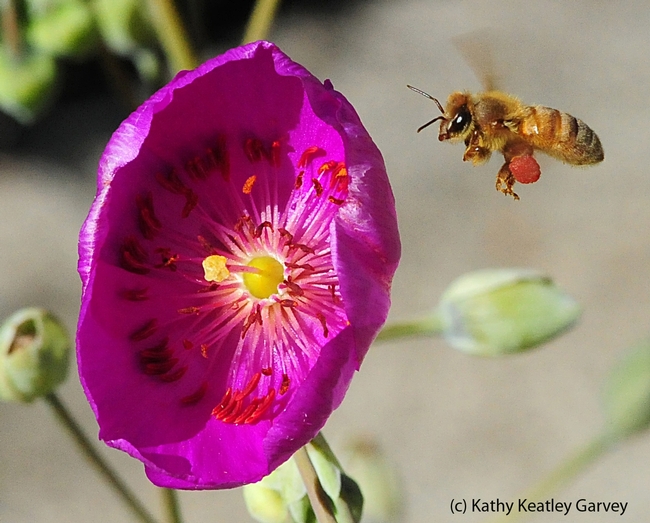
A honey bee in flight, packing red pollen from a rock purslane. (Photo by Kathy Keatley Garvey)
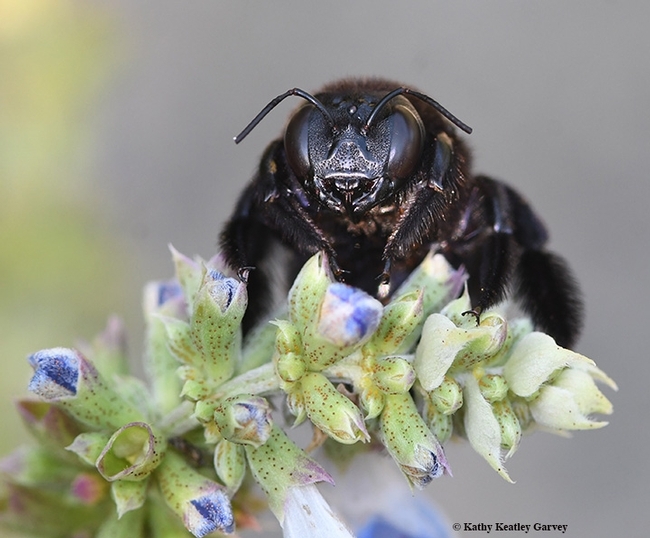
A female Valley carpenter bee, Xylocopa sonorina, formerly known as Xylocopa varipuncta. (Photo by Kathy Keatley Garvey)
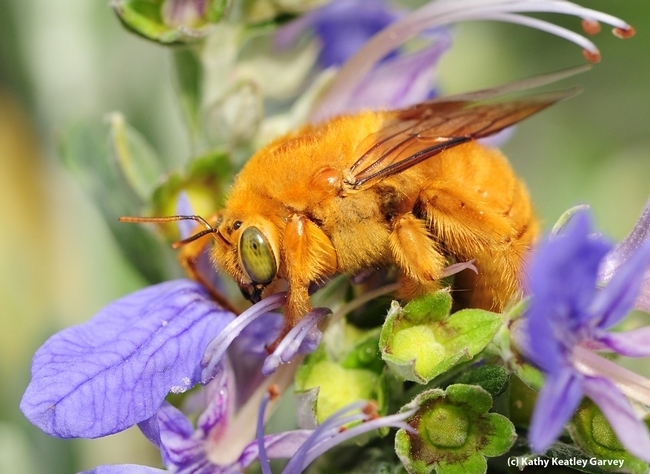
A male Valley carpenter bee, Xylocopa sonorina, which the late Robbin Thorp of UC Davis called "the teddy bear bee." (Photo by Kathy Keatley Garvey)
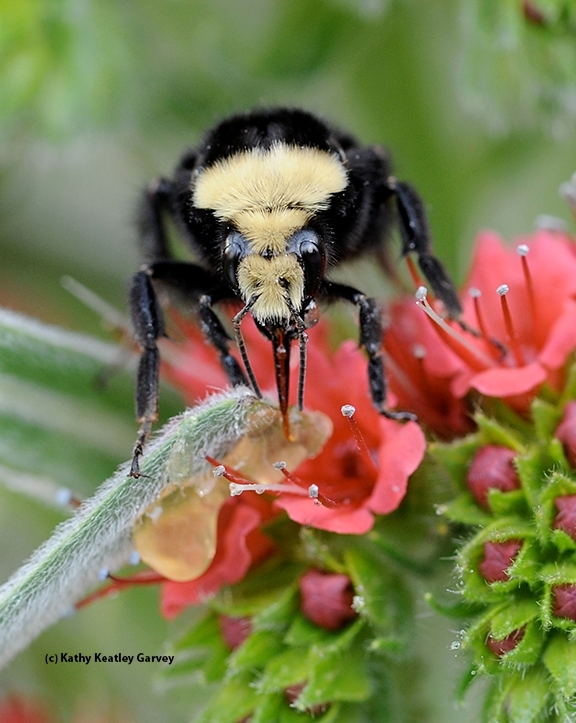
A yellow-faced bumble bee, Bombus vosnesenskii, foraging on the tower of jewels, Echium wildpretii. (Photo by Kathy Keatley Garvey)
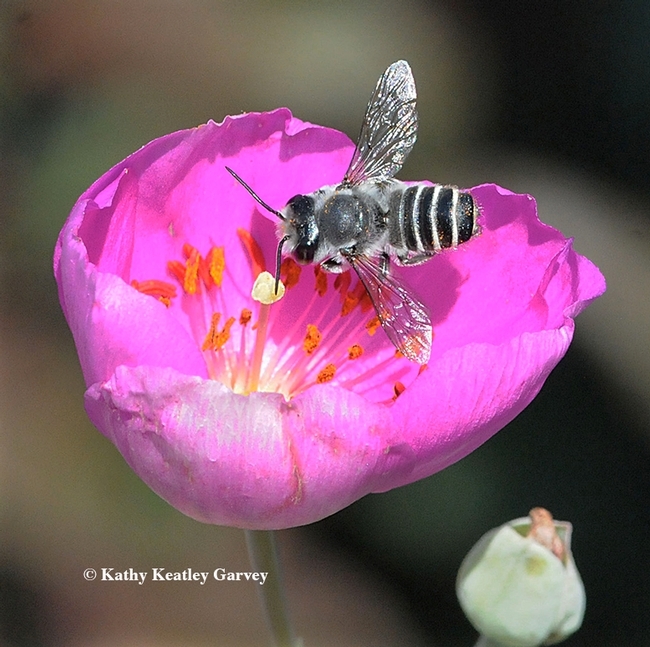
A male leafcutter bee, Megachile spp., foraging on rock purslane. (Photo by Kathy Keatley Garvey)
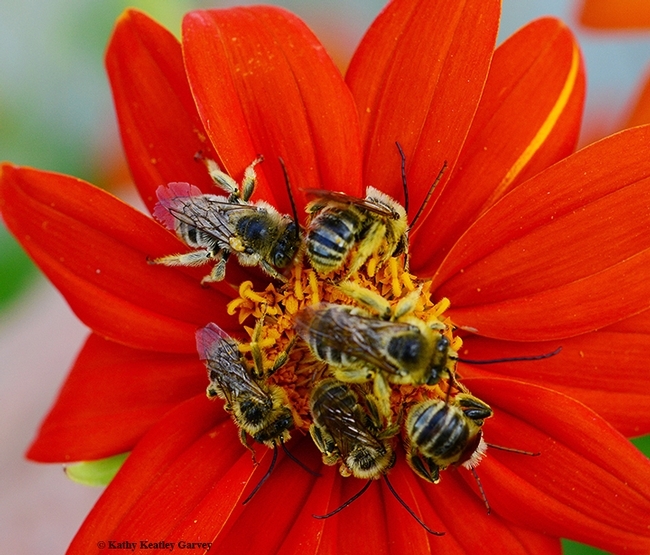
Male longhorned bees, Melissodes agilis, asleep on a Tithonia blossom. Females return to their nest at night; males cluster outside. (Photo by Kathy Keatley Garvey)
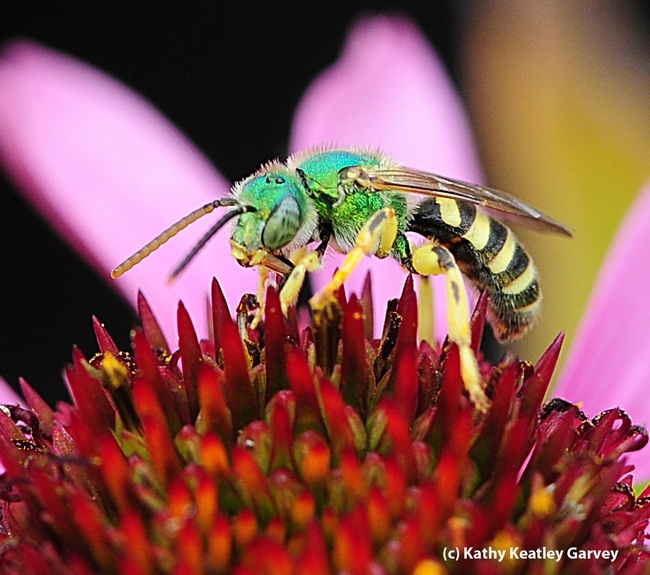
A male sweat bee, Agapostemon texanus, on a purple coneflower. (Photo by Kathy Keatley Garvey)
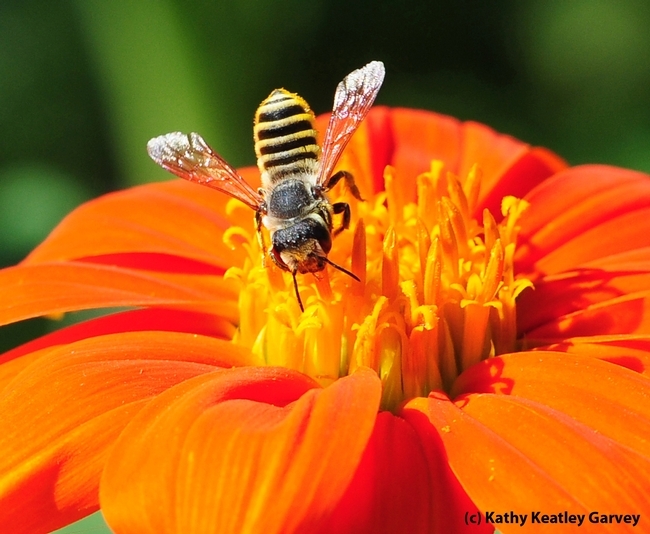
A female leafcutting bee, Megachile fidelis, foraging on a Mexican sunflower, Tithonia. (Photo by Kathy Keatley Garvey)
Murder Hornets: Murder in the First Degree?
Want to learn about "murder hornets?" Entomologists cringe every time someone substitutes the moniker, "murder hornet," for the Asian giant...
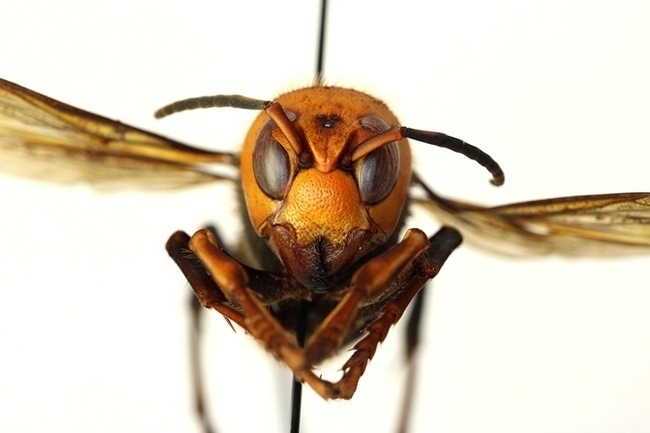
The Asian giant hornet, which the news media named "murder hornet." (Photo courtesy of the Washington State Department of Agriculture)
The Science of Nematodes, Butterflies, Millipedes and Arachnids
Do you know what a nematode is? That's a question that nematologists are frequently asked. Well, just in time for the UC Davis Biodiversity Museum...
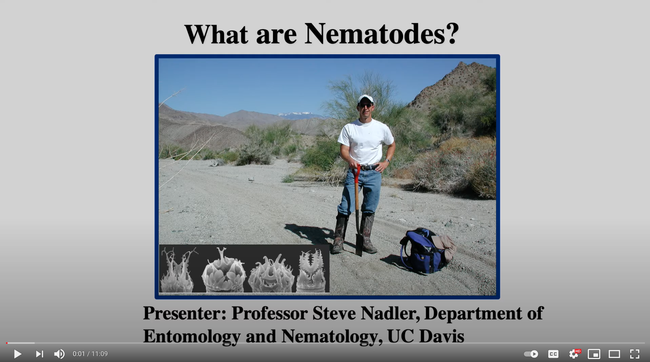
Nematologist Steve Nadler, professor and chair of the UC Davis Department of Entomology and Nematology, presenting a video on nematology. (Screen shot)
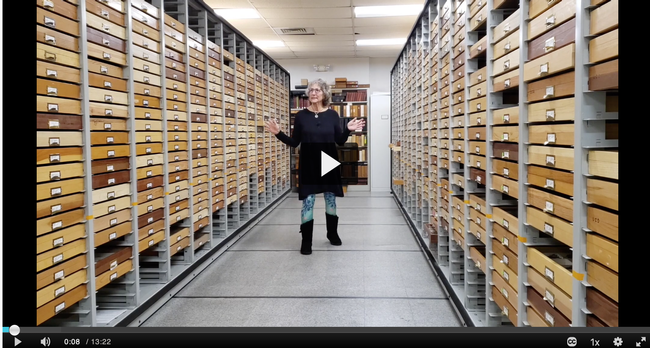
UC Davis entomology professor Diane Ullman offers a virtual tour of the Bohart Museum of Entomology's Lepidoptera collection in this video. (Screen shot)
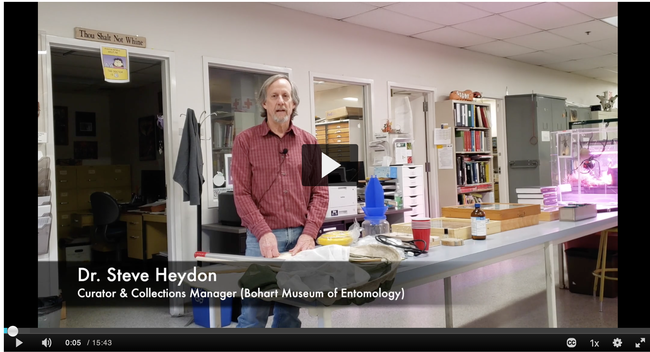
Senior museum scientist Steve Heydon of the Bohart Museum of Entomology, gives an overview of how the museum collects, preserves and identifies some of its nearly 8 million insects. (Screen shot)
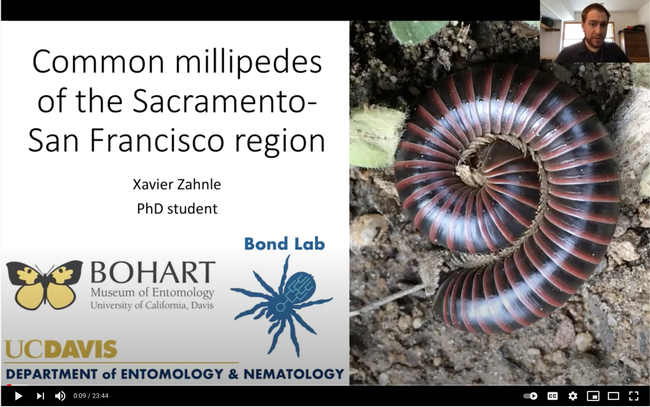
Xavier Zahnle, a doctoral student in the Jason Bond lab, talks about common millipedes in the Sacramento-San Francisco region in this video. (Screen shot)
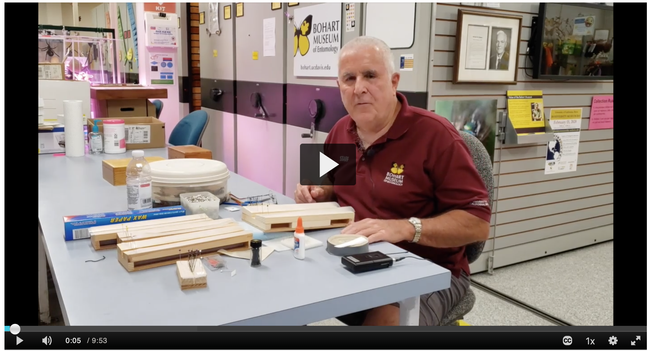
Entomologist Jeff Smith, who curates the Lepidoptera collection, Bohart Museum of Entomology, explains how to pin and spread butterfly and moths for display. (Screen shot)
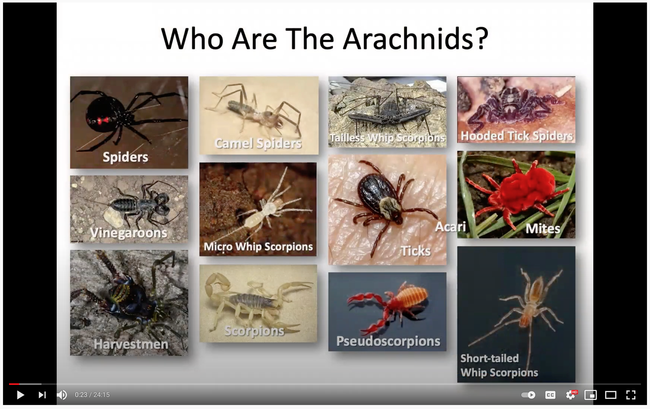
UC Davis doctoral student Lacie Newton of the Jason Bond lab talks about arachnids in her video. (Screen shot)
Let's All Appreciate Ants! Don't Miss These Biodiversity Museum Programs
Let's take a moment to appreciate ants. You know you want to! Did you own--and treasure--an ant farm kit as a kid? Did you ever follow them as they...
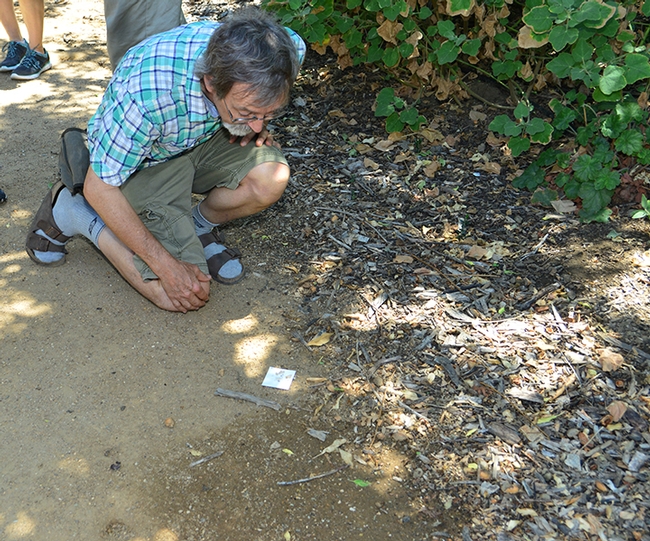
UC Davis professor Phil Ward looking for ants. (Photo by Kathy Keatley Garvey)
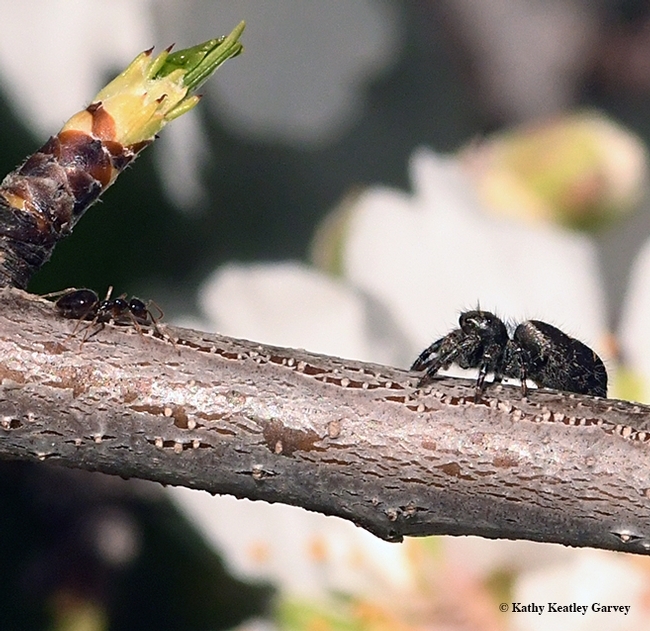
A winter ant, Prenolepis imparis, encounters a jumping spider on an almond tree on Bee Biology Road, UC Davis. (Photo by Kathy Keatley Garvey)
UC Davis Biodiversity Museum Program: Learning About the Diversity of Life
It's science-based and it's family friendly. And it's where you can learn more about honey bees, orchid bees, Asian giant hornets, nematodes,...
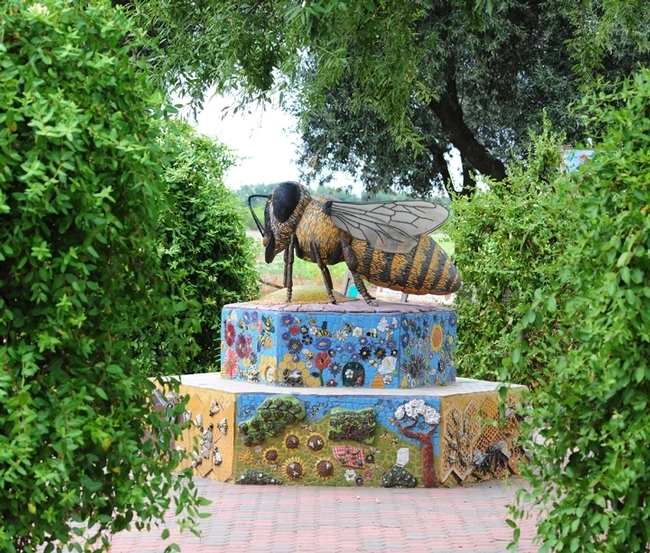
This sculpture of a worker bee anchors the UC Davis Department of Entomology and Nematology's Häagen-Dazs Honey Bee Haven. Titled "Miss Bee Haven," it is by Donna Billick of Davis. (Photo by Kathy Keatley Garvey)
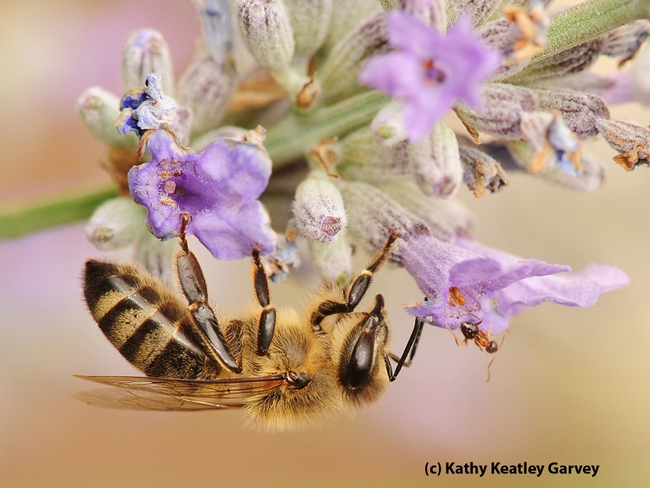
A honey bee and a velvet tree ant. (Photo by Kathy Keatley Garvey)
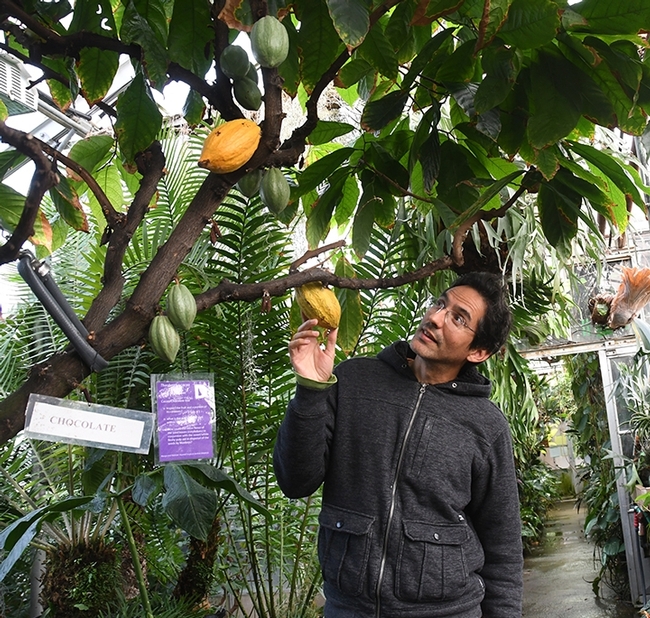
Ernesto Sandoval of the UC Davis Botanical Conservatory checks out a cacao tree, also called "a chocolate tree." (Photo by Kathy Keatley Garvey)

